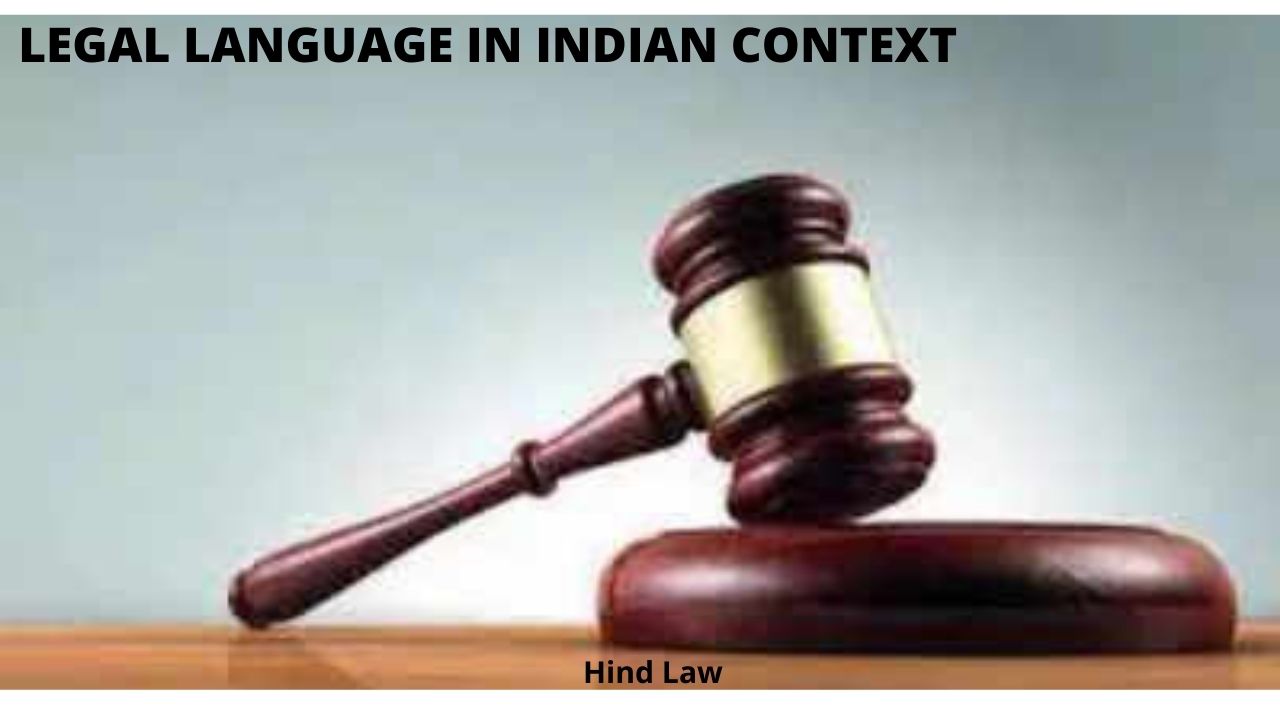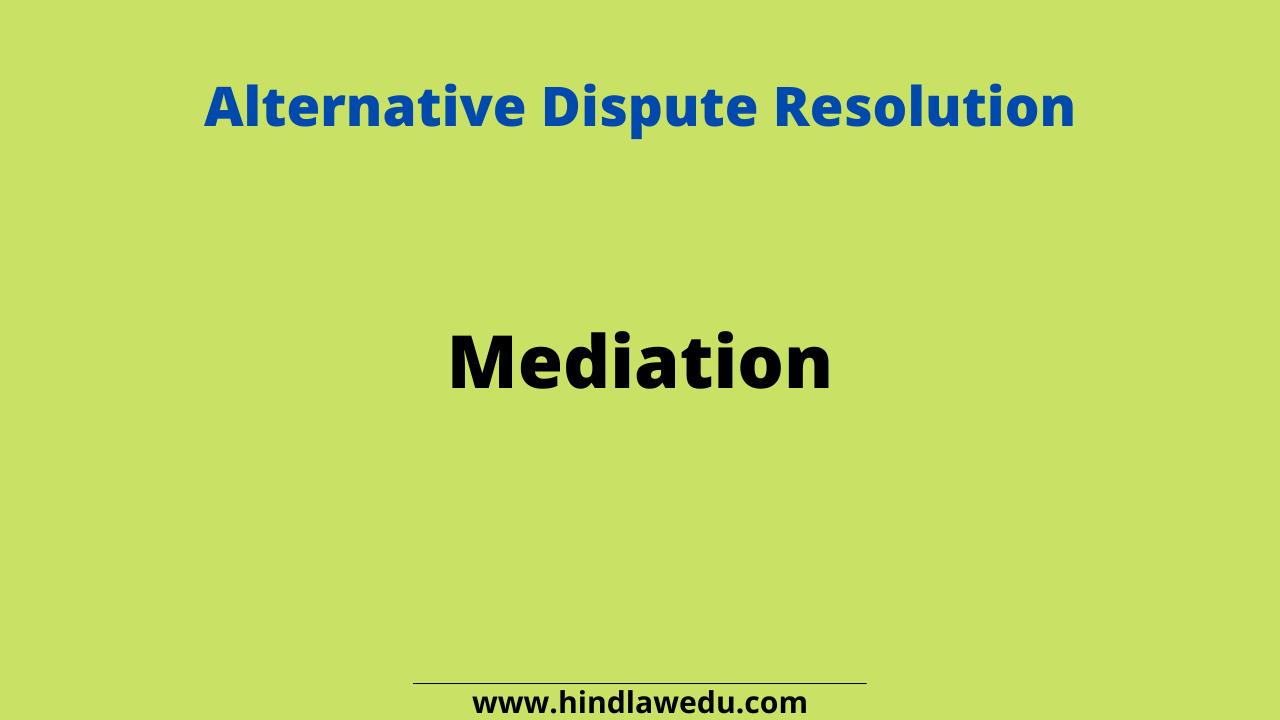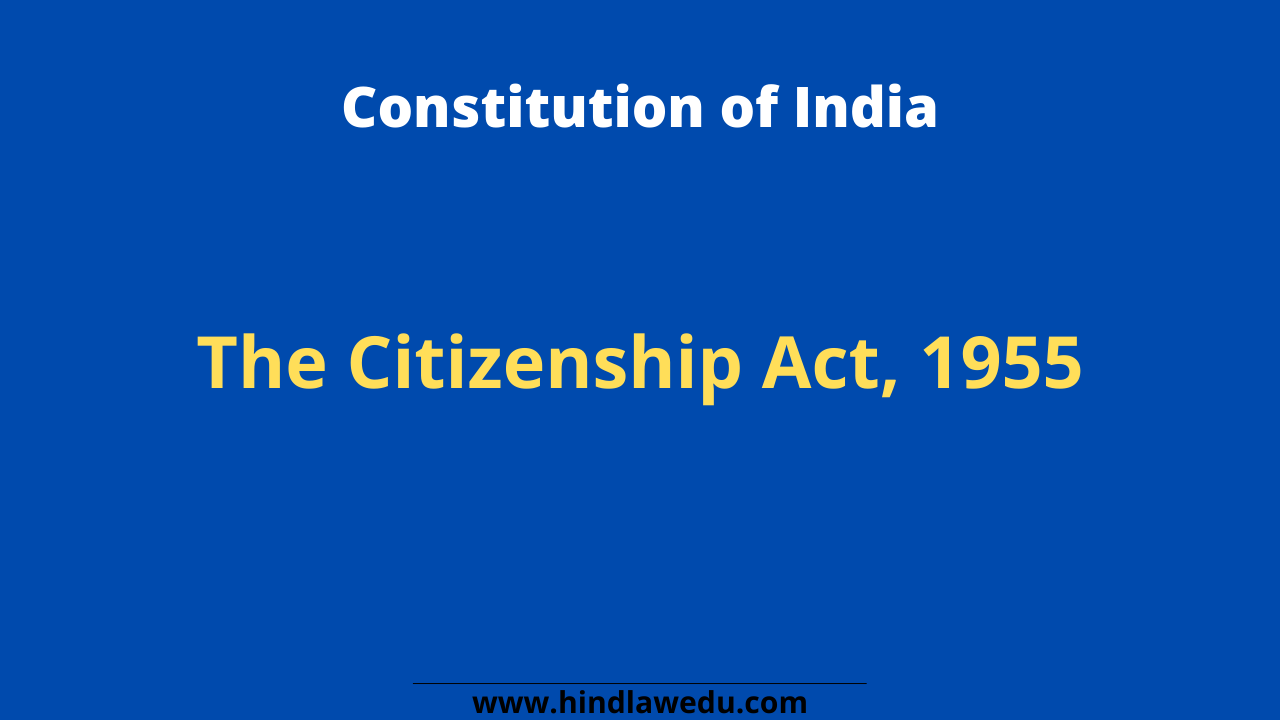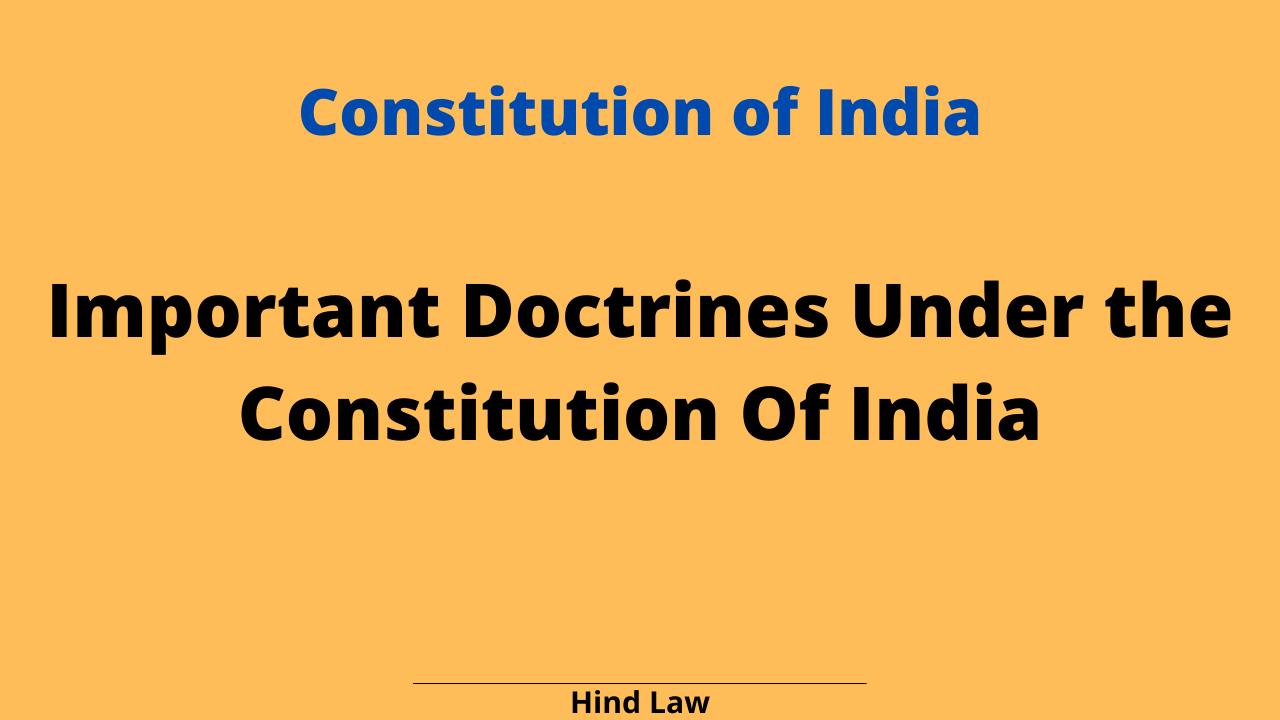Table of Contents
Meaning of Federalism
Federalism is a system of government in which the power is divided between a central government and various state governments. Usually, a federation has two levels of government. One is the government for the entire country that is usually responsible for the subjects of common national interest.
The others are governments at the level of provinces or states that look after much of the day-to-day administration of their state. Both these levels of governments enjoy their power independent of the other.
Kinds of Federalism
There are two types/kinds of federations –
- Holding Together Federation – In this type, powers are shared between various constituent parts to accommodate the diversity in the whole entity. Here, powers are generally tilted towards the central authority.
India is an example of holding together federation.
- Coming Together Federation – In this type, independent states come together to form a larger unit. Here, states enjoy more autonomy as compared to the holding together kind of federation like the USA.
Indian federation was not a product of coming together of states to form the federal union of India. It was rather a conversion of a unitary system into a federal system.
Features of the Federal System
- Dual government polity –
- The existence of both central and state governments
- Federalism or dual polity means the existence of two governments, i.e., the central and state governments. For example, in India, there is a Union at the centre and many state governments at the periphery.
- Each is endowed with sovereign powers to be exercised in the respective fields assigned to them by the Constitution.
- A federal state is the union of several unit states that share common interests, with each unit states retaining autonomy in other areas.
- The Union government is in charge of national issues such as defence, foreign affairs, currency, communication, and so on.
- State governments, on the other hand, are in charge of regional and local issues such as public order, agriculture, health, and local government.
- Division of powers between various levels – India follows the principle of Division of Powers. The Constitution has distributed the powers between State and Union. Where Union works in accordance with List I, State works in accordance with List-II. Concurrent List gives power to both State and Union to make laws in the matter provided in the list.
- Rigidity of constitution -The Constitution has provided a federal structure for India and rigid constitution is one of the main features of the Indian Constitution, because the procedure of amendment is not very easy. The jurisdictions of the centre and state have been defined and separated. Both the centre and the states have been authorized to exercise powers independently.
In many matters Amendments can be made only with the consent of both the Centre and the States. A special majority of the Union Parliament, i.e., a majority of not less then two-thirds vote is required to amend the Constitution. Thus the Indian Constitution enjoys the advantages of a combination of flexibility and rigidity.
- Independence judiciary – An independent and impartial judiciary can establish a stable rule of law. Independence of judiciary means, the power of upholding the rule of law, without any fear or external influence, and maintaining effective control over the actions of the government. The independence of the judiciary is part of the basic structure of the Constitution.
- Dual citizenship – The federal system of the government provides dual citizenship to the people of the country. In a Federal state, a person is not only the citizen of the country but also of the particular state to which he belongs.
- Bicameralism – It is a system of government in which the legislature comprises two houses. The Constitution establishes a bicameral legislature with an Upper House (Rajya Sabha) and a Lower House (Lok Sabha).
The Rajya Sabha represents the states of the Indian Federation, whereas the Lok Sabha represents the entire population of India.
The Vidhan Sabha (Legislative Assembly) is the lower house in the states same as the Lok Sabha, and the Vidhan Parishad is the upper house in the states same as the Rajya Sabha (Legislative Council).
Conclusion
It might not be possible that all federations have all of the above features. Some of them may be incorporated depending on what type of federation it is. Therefore, above mentioned are the basic features of the Indian Constitution.
Let’s know:














